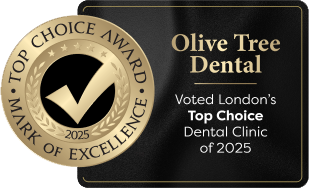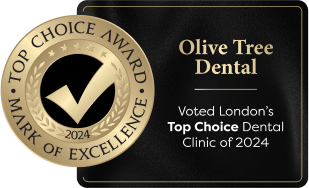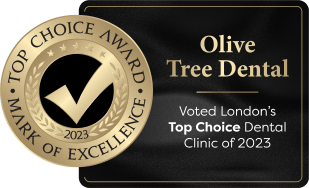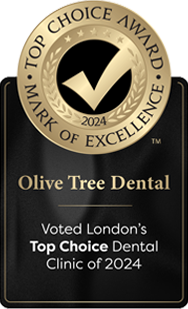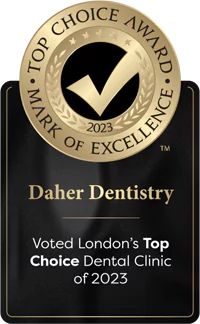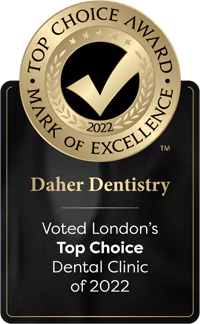Teeth contain several layers: enamel, dentin, pulp, and cementum. Enamel, the hardest substance in the human body, is located on the outer part of the teeth. Dentin, the second layer, is softer than enamel. The deepest layer within a tooth is the pulp, composed of nerves and blood vessels. Cementum is located at the tooth’s root and lies beneath the gums.
The types and numbers of teeth a person has change as they age. Two sets of teeth develop in their lifetime: primary teeth, also known as baby teeth, and permanent teeth, also known as adult teeth. In this article, we are going to discuss the following:
Different Types of Teeth:
Most adults have 32 teeth. Different types of teeth serve various functions in food processing. For example, molars are used for grinding food, while incisors are used for cutting it. Teeth are also crucial for speech. Teeth are among the most durable organs in the body. Made of collagen-based proteins and minerals like calcium, they allow for eating even the most challenging foods and help communicate clearly.
Adult teeth are referred to as permanent or secondary teeth:
- 8 incisors
- 4 canines (also known as cuspids)
- 8 premolars (also known as bicuspids)
- 12 molars, which include the 4 wisdom teeth
Children have only 20 teeth, known as primary, temporary, or milk teeth. They include 10 teeth in the upper and lower jaws:
- 4 incisors
- 2 canines
- 4 molars
Primary teeth start emerging through the gums around 6 months of age. Lower incisors are typically the first to arrive. Most children have all 20 primary teeth by the age of 3. Children typically lose their primary teeth between ages 6 and 12, which are then replaced by permanent teeth. Molars are often the first permanent teeth to appear. Most people have all their permanent teeth by the age of 21.
1. What Are Incisors?
The eight incisors are the teeth at the front of the mouth. Four are in the upper jaw, and four are in the lower jaw. Incisors resemble small chisels with sharp edges that help in biting into food. For example, the incisors are the teeth used when biting an apple.
Incisors are usually infants’ first teeth to erupt, appearing around 6 months of age. Adult incisors typically emerge between ages 6 and 8.
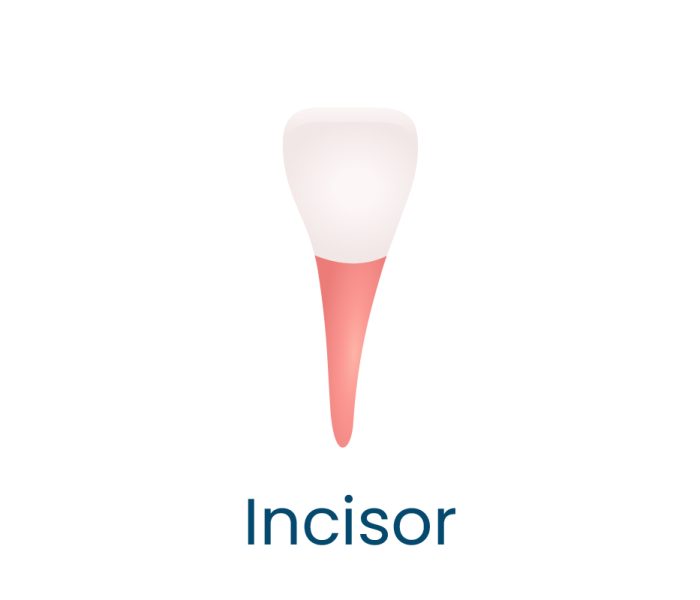
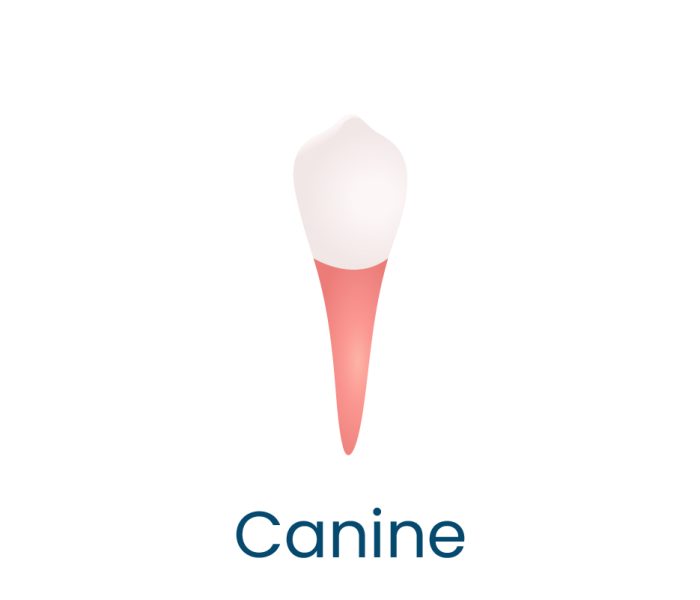
2. What Are Canines?
The four canine teeth are located next to the incisors. Two are in the upper jaw, and two are in the lower jaw. Canines have a sharp, pointed surface for tearing food.
The first primary canines appear between 16 and 20 months of age, with the upper canines developing first, followed by the lower ones. Lower adult canines appear first around age 9, while upper canines erupt between ages 11 and 12.
3. What Are Premolars?
The eight premolars are next to the canines, with four on the top and four on the bottom. Premolars are larger than incisors and canines. They have flat surfaces with ridges for crushing and grinding food into smaller pieces, making it easier to swallow.
Adult premolars replace baby molars. Children do not have premolars because these teeth only begin to develop around age 10.
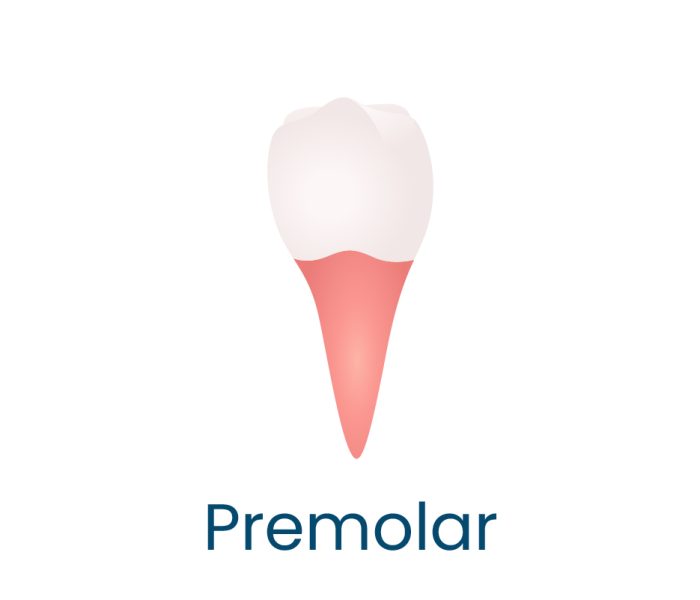
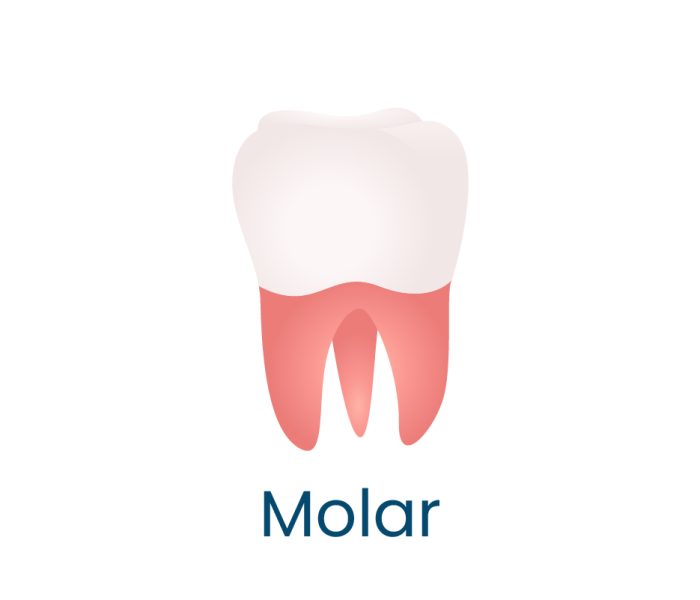
4. What Are Molars?
The twelve molars are the largest and strongest teeth. Six are in the upper jaw,, and six are in the lower jaw. Based on when they typically emerge, the first and second molars are often referred to as 6-year molars and 12-year molars.
Molars have large surfaces to grind food into pieces small enough to swallow. When chewing, the tongue pushes food toward the back of the mouth, where the molars break it down further.
The molars include four wisdom teeth, the last teeth to develop. Wisdom teeth, also known as third molars, usually appear between ages 17 and 25.
Only some people have enough space in their mouths for wisdom teeth. Sometimes, wisdom teeth become impacted, meaning they are trapped in the gums and do not have room to grow. If there isn’t enough space for wisdom teeth, they may need removal.
Function
How Do Teeth Function?
Teeth work together to cut, tear, and grind food into smaller pieces. The tongue and oropharynx (the upper part of the throat) then shape the food into a small ball, making it easier to swallow.
Anatomy
What Is The Anatomy Of Teeth?
Each tooth is made up of two major parts:
- Crown: This is the visible part of the tooth above the gums. The enamel, a tough, protective substance, covers the crown.
- Root: This is the portion of the tooth embedded in the jaw. The root is not visible as the gums cover it. The root anchors the tooth to the periodontal ligament (the soft connective tissue lining the tooth socket).
What Are Teeth Made Of?
Teeth are composed of four main layers:
- Enamel: The outer protective layer of each tooth shields against bacteria. Enamel is the hardest substance in the human body.
- Dentin: Beneath the enamel lies dentin, which is not as hard. The likelihood of cavities increases when dentin is exposed due to enamel loss.
- Cementum: This substance covers the tooth root and, along with periodontal tissues, helps secure the tooth in the jaw.
- Dental Pulp: The innermost layer contains nerves, blood vessels, and connective tissue.
Are Teeth Bones?
No, teeth are not bones. Although teeth resemble bones, they differ in important ways. Bones can regenerate and repair themselves, but teeth cannot. Additionally, unlike bones, teeth do not contain marrow.
What Are Tooth Numbers?
Dentists use numbering systems to identify teeth. The most common system used in the United States is the Universal Numbering System.
Universal Numbering System For Adult Teeth:
The Universal Numbering System assigns a number between 1 and 32 for adult teeth. It starts with your third molar in the upper right. The number is counted towards the two teeth on your front first and then moved to the left side.
When you reach #16 (your higher-left third tooth), you lower down to #17 (your third molar lower left). After that, by counting through your bottom teeth, you finish with the number 32 (your middle-right third molar). Dentists assign numbers to missing teeth. This way, they can make an accurate tooth chart you can keep on your record.
Universal Numbering System For Baby Teeth:
Dentists also employ the Universal Numbering System to label primary (baby) teeth. It functions in the same manner, but rather than numbers, you utilize letters. For instance, the baby teeth are labeled as A to T, starting with the molar in the upper right.
Count through your upper teeth until you reach the number #J (the lower-left upper molar). After that, you lower into the #K lower on your left side, then continue counting through the teeth on your lower side until you get to the number #T (the upper-right lower molar).
Conditions and Disorders:
What Are Common Conditions Affecting Teeth?
Tooth decay is one of the most prevalent dental issues. Over 90% of adults in the U.S. over 40 have had at least one cavity. Cavities form when bacteria penetrate the enamel; as dentin is exposed, the decay progresses deeper into the tooth.
Other conditions that can affect teeth include:
- Bruxism (teeth grinding): Grinding and clenching can wear down enamel, making teeth more vulnerable to damage.
- Tooth sensitivity: Teeth sensitive to cold, heat, or sweets may have worn enamel or exposed roots.
- Trauma: Injuries from sports, accidents, or other trauma can cause chipped, cracked, or knocked-out teeth.
- Tooth discoloration: Foods and drinks such as coffee, tea, and berries can stain teeth over time, and certain medications can also cause discoloration.
- Impacted teeth: Teeth that fail to emerge correctly and get stuck in the jaw or gums. Wisdom tooth impaction is the most common but can happen to other teeth.
- Orthodontic misalignment: Commonly, gapped or crowded teeth are orthodontic issues that can negatively affect oral health and chewing.
- Abscessed teeth: Sometimes bacteria reach the pulp, leading to a painful abscess (a pocket of pus).
- Gum disease: Though gum disease starts in the gums, it can eventually cause tooth loss if left untreated.
What Are The Symptoms of Tooth-Related Conditions?
Common symptoms of dental issues include:
- Toothache
- Sensitivity to cold, heat, or sweets
- Pain when biting
- Sore, bleeding gums
- Swollen jaw
What Are Some Common Dental Procedures?
Common dental treatments include:
- Dental fillings
- Dental crowns
- Dental bridges
- Dental bonding
- Teeth Whitening
- Porcelain veneers
- Braces
- Dental implants
- Dentures
How to Take Care of Your Teeth?
Maintaining good dental health is key to keeping teeth in great condition. Here are some simple tips to follow:
- Visit the dentist regularly: Book an appointment to schedule check-ups and cleanings to keep teeth healthy.
- Brush twice daily: Use a soft-bristle toothbrush and fluoride toothpaste for at least two minutes.
- Floss daily: Floss at least once a day to remove plaque and prevent tooth decay.
- Use mouthwash: An alcohol-free antibacterial mouthwash can help freshen your breath and fight bacteria.
Following these practices can help ensure long-term gum and tooth health.
Summary
Human teeth include incisors, canines, premolars, and molars. Most children develop all 20 primary teeth by age 3; by age 21, most adults have all 32 permanent teeth, including wisdom teeth.
Teeth are essential for proper food consumption and play a significant role in speech development. Maintaining excellent oral hygiene throughout life helps ensure healthy, strong teeth. The best way to maintain oral health is to follow routine practices such as:
- Brushing at least twice a day with fluoride toothpaste
- Flossing at least once a day
- Eating a balanced diet
- Avoiding excessive sugar intake
- Visiting the dentist regularly for check-ups and cleanings
These habits help keep teeth in good condition and allow for early treatment of any dental issues.


